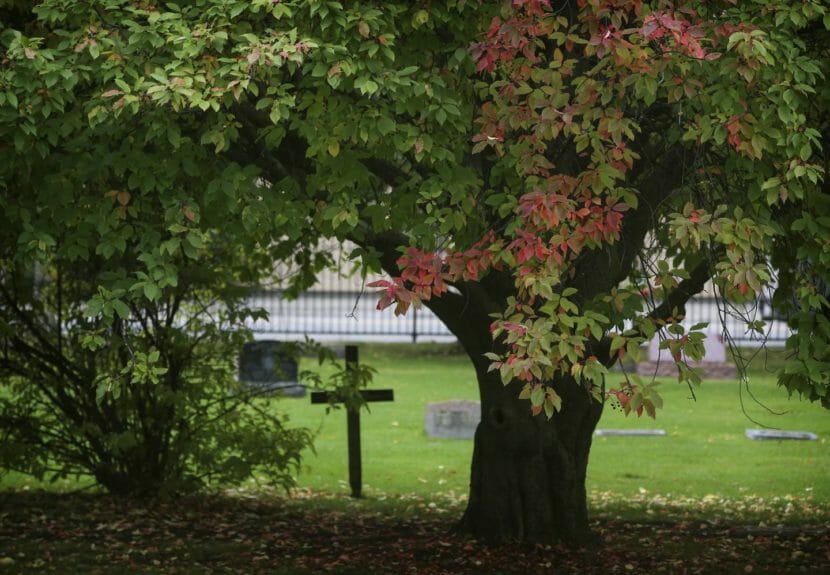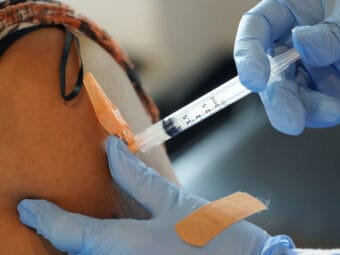
A new report from the federal Centers for Disease Control and Prevention provides the most comprehensive look so far at the disproportionate toll COVID-19 is taking on Alaska Native and American Indian people living in Alaska.
Overall, Alaska Native and American Indian people have made up just about a fifth of the state’s population but nearly a third of all deaths, the report found.
Between the start of the pandemic in March 2020 and last December, Indigenous Alaskans were hospitalized with the virus and died from it at rates three times that of white residents, according to the report released Thursday.
The report is based on data shared with the CDC by the Alaska Department of Health and Social Services between March 2020 and December 2021.
Many Indigenous Alaskans face multiple barriers to health equity and access, including historical trauma and structural racism and remote or rural living that makes it harder and more expensive to access care.
The findings from the latest report showed that the virus’s mortality rate was about three times as high for Alaska Native and American Indian people living in the state (297 deaths per 100,000) when compared to white Alaskans (104 per 100,000) once adjusted for age.
The adjusted hospitalization rate was similarly high: 742 hospitalizations per 100,000 Indigenous Alaskans compared with 273 hospitalizations per 100,000 white Alaskans — representing a nearly three-fold risk for Alaska Native people.
The findings echo previous Alaska studies — including those conducted by the state health department and tribal health organizations — which found clear, race-based disparities affecting who gets COVID-19, who is hospitalized for it and who dies.
Nationwide, COVID-19 has affected Black, Indigenous, Hispanic and other people of color the most, data has shown.
On its website, the CDC cites “long-standing systemic health and social inequities” as a major contributing factor to why people from racial and ethnic minority groups are at an increased risk overall of getting sick and dying from COVID-19.
Discrimination, lack of health care access and poverty are all “inequities in social determinants of health that put racial and ethnic minority groups at increased risk,” according to the CDC.
But despite these inequities, predominantly Alaska Native communities have long had some of the highest COVID-19 vaccination rates in Alaska and in the U.S., to the credit of tribal health organizations and health aides who have deep roots in the communities they serve.
The recent CDC report recommends that public health professionals “continue to work with tribal health organizations in Alaska to provide culturally competent and regionally required health interventions,” and that existing health care initiatives should “respect the knowledge and wisdom of these communities as experts on their own needs.”



